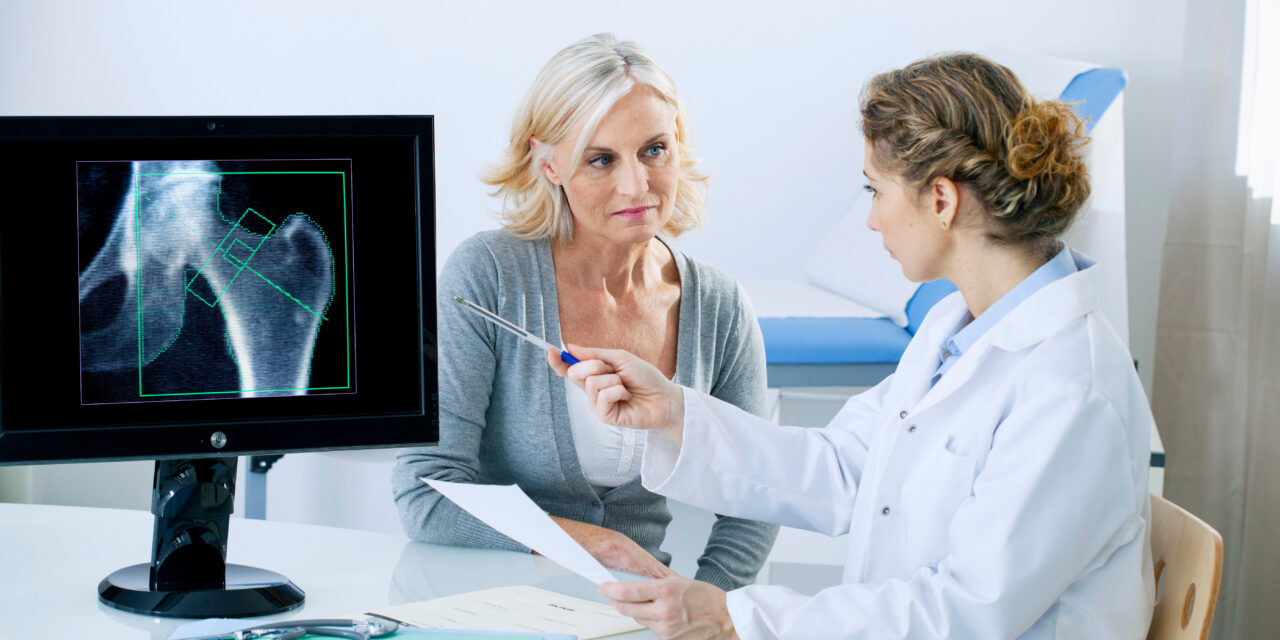By Peter Kates
Osteoporosis affects every gender, race, and ethnicity. If you are 65 years or older and you broke a bone that wasn’t the result of a fall, car accident, or other obvious trauma, there’s a good chance it was related to osteoporosis.
Osteoporosis develops when bone mineral density and bone mass decrease, or when the structure and strength of bones change. It is a major cause of fractures in older men and postmenopausal women, most commonly in bones of the hip, wrist, and spine.
“Usually there aren’t any symptoms for osteoporosis, and many people don’t know they have it until they break a bone,” says Ankit Garg, MD, vice president of medical affairs and medical director at Univera Healthcare.
Bone mineral density (BMD) testing, also known as dual-energy X-ray absorptiometry, DEXA, or DEZ, is used to determine bone health and diagnose osteoporosis. The test is quick, painless, and uses a small amount of X-ray to measure the amount of minerals (mostly calcium and phosphorous) contained in a certain volume of bone. BMD testing is used to diagnose the disease, to determine how well treatment is working, and to see how likely the patient is to suffer a fracture.
At your next medical office visit, ask your health care provider if you are a candidate for BMD testing to determine your bone health and fracture risk. If you are found to be at risk, ask for a plan that will help you reduce your likelihood of falling, and implement lifestyle changes to help prevent osteoporosis or slow its progression.
“Bones are living, growing tissue and, throughout your life, your body is losing and making new bone mass,” says Dr. Garg. “If you are diagnosed, there are many drugs and hormone therapies available to stimulate new bone formation and prevent further bone loss.”
For healthy bones, Dr. Garg recommends eating a diet filled with calcium-rich foods such as dark leafy greens, cutting back on alcohol consumption, and quitting the use of tobacco products. Thirty minutes of weight-bearing exercise each day, such as walking or strength training with weights, is also good for bone health, but always consult your health care provider before beginning an exercise program.
About 10 million Americans aged 50 and older have osteoporosis, according to the National Center for Health Statistics, and another 43 million have low bone mass, putting them at risk for the bone disease. May is Bone Health Awareness Month. Learn more about osteoporosis from the National Institutes of Health, online at https://www.bones.nih.gov.
Peter Kates is Vice President of Communications at Univera Healthcare.










